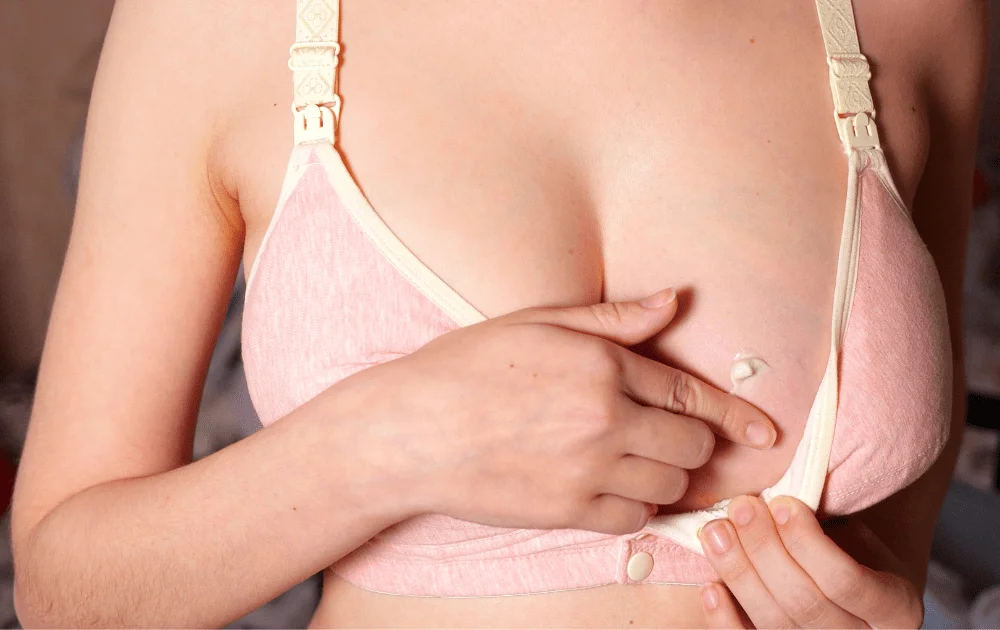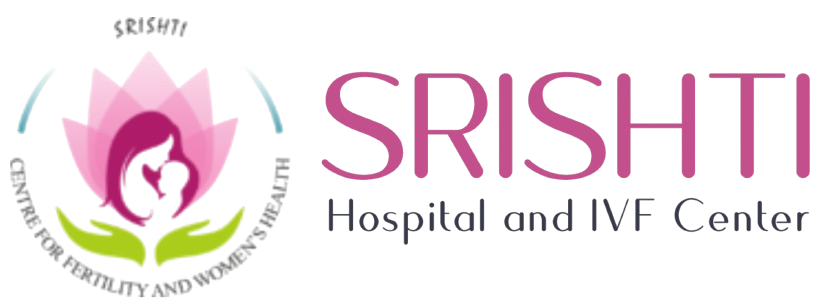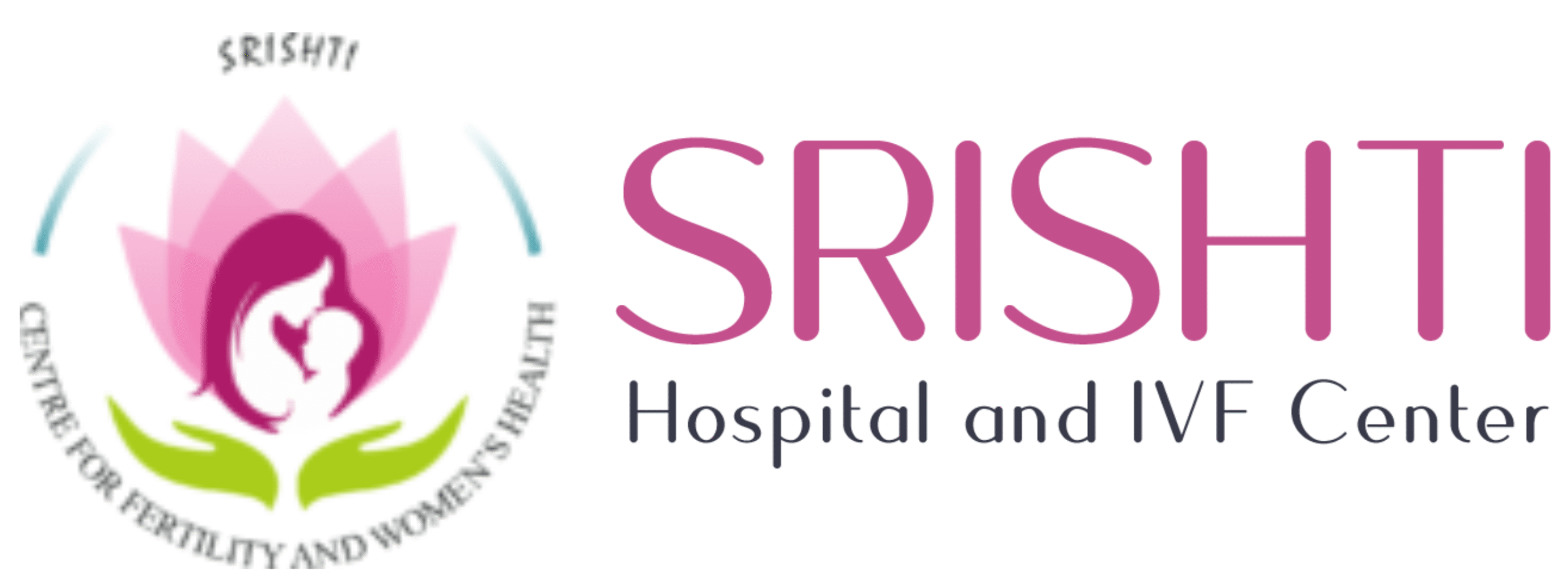
A Common Breast Issue Every Woman Should Know About
Breast health is crucial for every woman, as it plays a significant role in both physical and emotional well-being. However, amidst the joys of motherhood and nursing, some women may encounter a painful and distressing condition known as mastitis. This common breast issue affects a significant number of breastfeeding mothers, and understanding its causes, symptoms, and treatment is essential for early intervention and successful recovery. In this blog, we will delve into the world of mastitis, shedding light on its various aspects and empowering women to tackle it with knowledge and confidence.
Understanding Mastitis and Breast Infections
Mastitis refers to the inflammation of breast tissue, most often occurring during lactation. While it can occur in non-breastfeeding women, it is primarily associated with nursing mothers. Mastitis usually affects one breast, and it can lead to significant discomfort and pain, sometimes even making breastfeeding difficult. This condition often arises due to breast infections, such as a bacterial infection resulting from cracked nipples.
Common Mastitis Symptoms and Early Signs
Identifying mastitis early is vital for prompt treatment. Some of the early signs of mastitis include tenderness, swelling, redness, and warmth in the affected breast. The breast may also develop a hard lump or an area of thickened tissue. For nursing mothers, it’s essential to differentiate mastitis from a blocked milk duct or nipple thrush, as the symptoms may appear similar. Keep an eye out for flu-like symptoms, such as fatigue, body aches, and fever, which often accompany mastitis.
Causes of Mastitis and Engorgement Breast Treatment
Mastitis typically occurs due to various factors, including engorgement. When the breasts become overly full with milk, they may not empty completely during nursing sessions, leading to engorgement and blocked ducts. Frequent nursing is vital to prevent milk stagnation and reduce the risk of mastitis. Understanding the proper latch technique is crucial in this regard, and seeking help from a lactation consultant can be beneficial.
Effective Mastitis Treatment and Breast Abscess Management
If you suspect mastitis or a breast abscess, it’s crucial to seek medical advice promptly. Your healthcare provider may prescribe antibiotics if an infection is present. Additionally, warm compresses can help alleviate pain and promote milk flow. Adequate rest, hydration, and over-the-counter pain relievers like acetaminophen or ibuprofen are also essential for managing mastitis and breast abscesses.

Other Types of Mastitis and Yeast Infection Under Breast
Apart from bacterial mastitis, there are other types of mastitis to be aware of, such as granulomatous mastitis. Understanding these variations can help women recognize symptoms and seek appropriate treatment. Furthermore, yeast infection under the breast can contribute to breast discomfort, so maintaining proper breast care and hygiene is vital.
Conclusion:
Mastitis is a common breast issue that can affect nursing mothers, causing pain and discomfort during a time that should be joyous and fulfilling. By understanding the causes, symptoms, and treatment options, women can tackle mastitis proactively and seek timely medical intervention when needed. Remember, early recognition and proper management can pave the way for a smoother breastfeeding journey and optimal breast health. Take care of yourself, and do not hesitate to reach out for support and guidance from healthcare professionals if you suspect mastitis or encounter any breastfeeding challenges. Your health and well-being matter, and knowledge is the first step towards a healthier you.
FAQ's
Mastitis is the inflammation of breast tissue, typically occurring during lactation. It primarily affects breastfeeding women, especially those with cracked nipples, engorgement, or infrequent nursing sessions.
The typical symptoms of mastitis include tender and painful breasts, swelling and redness in the affected area, warmth in the breast, and flu-like symptoms such as fatigue, body aches, and fever.
While mastitis is more common in breastfeeding women, it can also affect non-breastfeeding women, particularly those with certain risk factors like nipple piercings or skin conditions.
The treatment for mastitis often involves antibiotics to address any infection present. Warm compresses, rest, hydration, and over-the-counter pain relievers may also be recommended.
Yes, it is safe to continue breastfeeding if you have mastitis. In fact, frequent nursing can help in emptying the breast, relieving engorgement, and clearing the infection faster.

